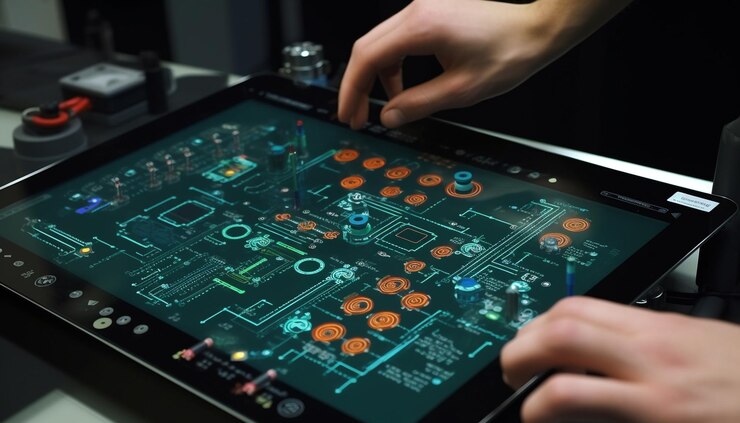The Fascinating World of 3D Rendering: A Brief Overview

What is 3D Rendering?
3D rendering involves converting 3D models into 2D images or animations that appear as realistic as possible. This process includes several steps, such as modeling, texturing, lighting, and rendering. The goal is to simulate the way light interacts with objects to create images that are either photorealistic or stylized, depending on the desired outcome.
The 3D Rendering Process
Modeling: This is the first step, where a digital representation of an object or scene is created using specialized software. Tools like Blender, Autodesk Maya, and 3ds Max are popular choices. Models are built using vertices, edges, and polygons to form their shapes.
Texturing: After modeling, textures are applied to the surfaces of the 3D models. Textures provide details like color, patterns, and material properties. This step can involve using various maps such as diffuse maps for color, bump maps for surface details, and specular maps for reflectivity.
Lighting: Lighting is essential for achieving realism. Artists set up virtual light sources within the scene to mimic natural or artificial lighting. Advanced techniques like ray tracing simulate the behavior of light, enhancing the realism by calculating how light interacts with different surfaces.
Rendering: Rendering is the process of generating the final image from the 3D model. This can be done in real-time, as in video games, or as pre-rendered images for films and architectural visualizations. Rendering engines like V-Ray, Arnold, and Unity are commonly used to produce high-quality images.


Tools and Software
- Autodesk Maya: Renowned for its advanced modeling and animation tools, Maya is extensively used in the film and gaming industries.
- 3ds Max: Widely used in architecture and game development, 3ds Max provides robust modeling tools and supports various rendering engines.
- Cinema 4D: Known for its user-friendly interface, Cinema 4D is ideal for motion graphics and visual effects, offering powerful rendering capabilities.
Applications of 3D Rendering
3D rendering is used in various industries to enhance visual communication:
- Architecture: Architects use 3D rendering to create realistic visualizations of buildings and interiors, allowing clients to see the final product before construction begins.
- Film and Animation: In the entertainment industry, 3D rendering brings characters and scenes to life, creating immersive experiences in movies and animated series.
- Gaming: Game developers use real-time rendering to create interactive, dynamic environments, enhancing the player’s experience.

